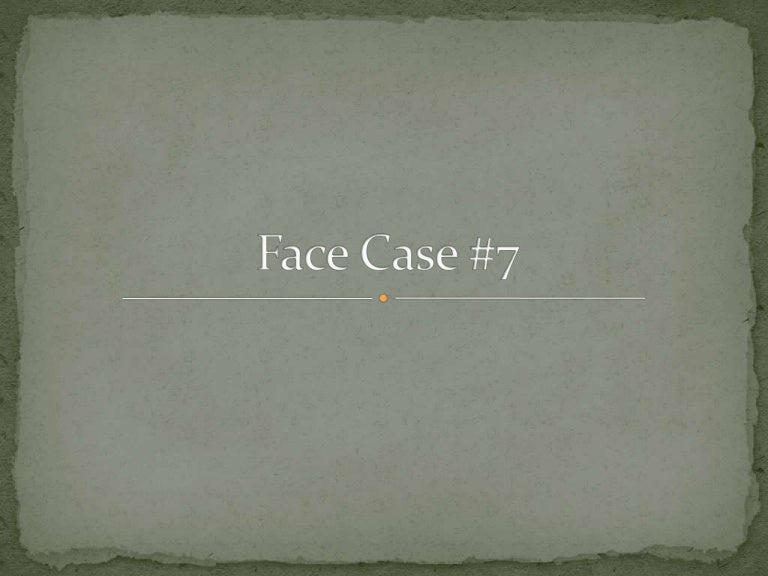
Three types of occipital condyle fractures have been described by Anderson and Montesano 1). Palsies of nerves IX, X, XI, and XII have been reported in patients with basal skull fractures, especially in patients with occipital condyle fractures. The glossopharyngeal, vagus, and spinal accessory nerves exit the skull base in the jugular foramen, whereas the hypoglossal nerve passes though the hypoglossal foramen just medial to the jugular foramen. Treatment is conservative and in most cases, abducens nerve injury recovers spontaneously after approximately 4 weeks. Furthermore, vertical movement of the brain stem during trauma may stretch or avulse the nerve on leaving the pons in the absence of a fracture of the superior orbital fissure. However, in the described case, right VI nerve palsy was associated with a clivus fracture without fracture of the right side of the superior orbital fissure. As mentioned above, CN VI may be damaged in the superior orbital fissure and is classically accompanied by CN III and CN IV palsies. In particular, for fractures of the skull base, the long intracranial course of the sixth nerve renders it particularly susceptible to injury.

Frontobasal fractures generally injure olfactory or optic nerves, whereas cranial nerve palsy of nerves III, IV, V, and VI have been reported for fractures involving the cavernous sinus and superior orbital fissure, because these nerves exit the skull base through the superior orbital fissure. Cranial nerve injury is another serious complication of basilar skull fractures 3). Pneumocephalus is an important condition to be vigilant of, along with symptoms of increased intracranial pressure, such as, anisocoria, hemiparesis, and signs of meningeal irritation 2). These areas include the internal and external auditory canal, middle ear, carotid canal and foramen lacerum, jugular foramen, hyoglossal canal, occipital condyle, and foramen magnum 9). The skull base contains a number of areas where bones are weak and through which fractures tend to extend. However, due to the ever-increasing sophistication of CT imaging, including three-dimensional reconstruction, trauma surgeons can now rapidly diagnose basal skull fractures and related cranial injuries. These fractures are difficult to diagnose by simple radiography, and reportedly are only identified in 20% of cases 5, 7). Historically, fractures of the skull base have most often been identified based on clinical findings, such as, cranial nerve palsies and cerebrospinal fluid leaks. A repeat CT scan 10 days after presentation demonstrated complete resolution of the pneumocephalus, and a neurological examination performed at three months after presentation revealed partial improvement of right VI cranial nerve function but an unchanged XII cranial nerve deficit.īasal skull fractures account for 21% of all skull fractures and occur in 4% of all head injury cases 4).

Clinically, the patient remained awake, alert, and oriented without hemiparesis, and non-operative supportive treatment was administered. CT also showed massive pneumocephalus with air ventricles, but no shift of the midline structure was evident. 1), and a CT scan revealed a fracture line extending obliquely through the clivus and an avulsion fracture of the occipital condyle ( Fig. However, a detailed neurological examination revealed right VI and left XII cranial nerve deficits ( Fig. On initial examination, he was alert and fully oriented, and there was no evidence of otorrhea, rhinorrhea, or hematorrhea. We discuss the CT characteristics and clinical findings of this case, and the courses of cranial nerve deficits.Ī 45-year-old male patient who sustained major cranial injuries following a high-speed motorcycle accident was referred to our emergency room. Diagnosis was easily diagnosed by 3-dimensional computed tomography (CT). Here, we report a unique case of basal skull fracture, involving both the clivus and occipital condyle that presented with sixth and contralateral twelfth cranial nerve palsies. Nonetheless, modern imaging modalities are capable of providing a diagnosis of basal skull fractures and potential cranial injuries. However, the diagnosis of basal skull fracture is difficult by routine cranial radiography due to the presence of radiographically dense petrous temporal bones, and presumably, this explains the small number of cases described in the literature.

In addition, basal skull fractures may cause multiple cranial nerve deficits and vascular complications due to the tight neural and vascular entry and exit routes present in this region 6, 8). Oblique basal skull fractures involving both clivus and occipital condyle are uncommon and typically result from high impact lateral crushing injuries.


 0 kommentar(er)
0 kommentar(er)
